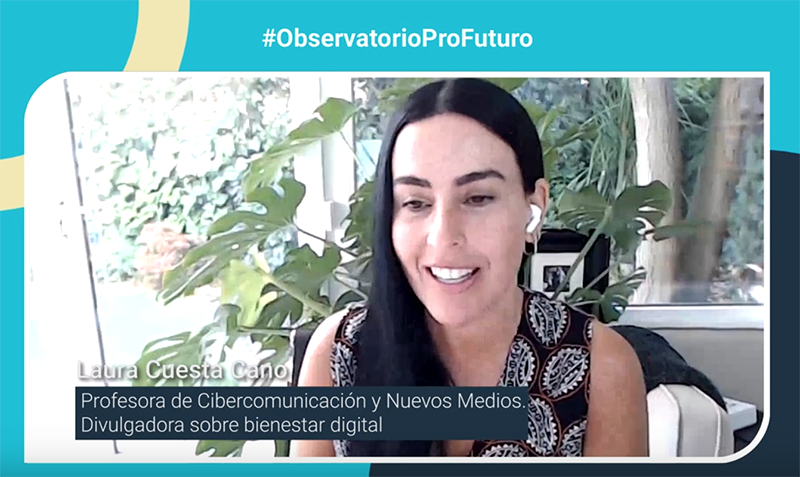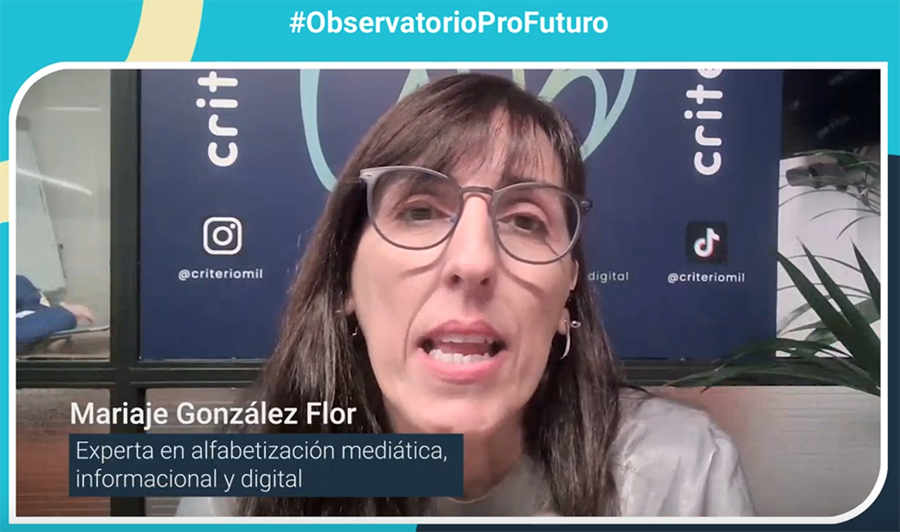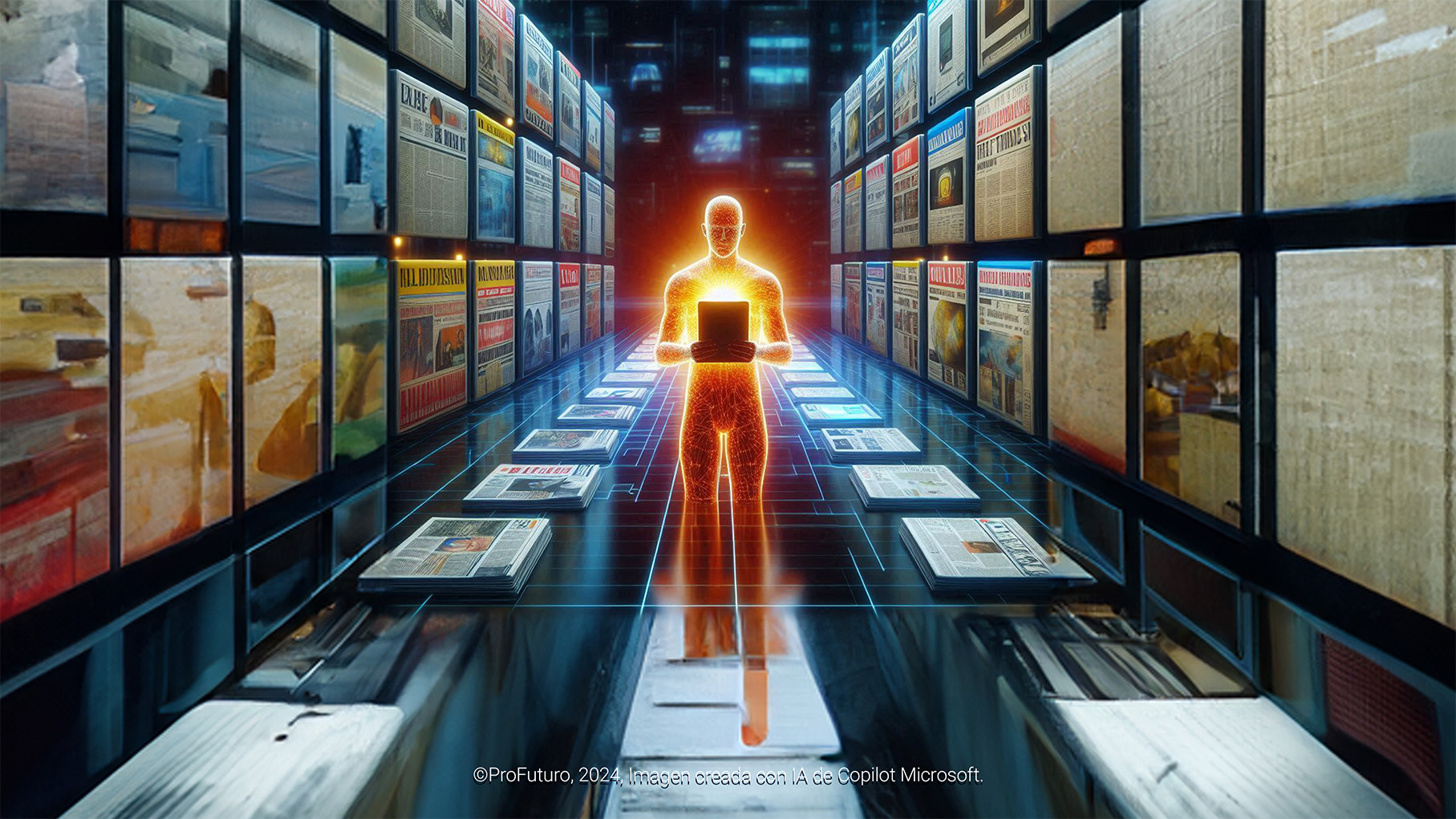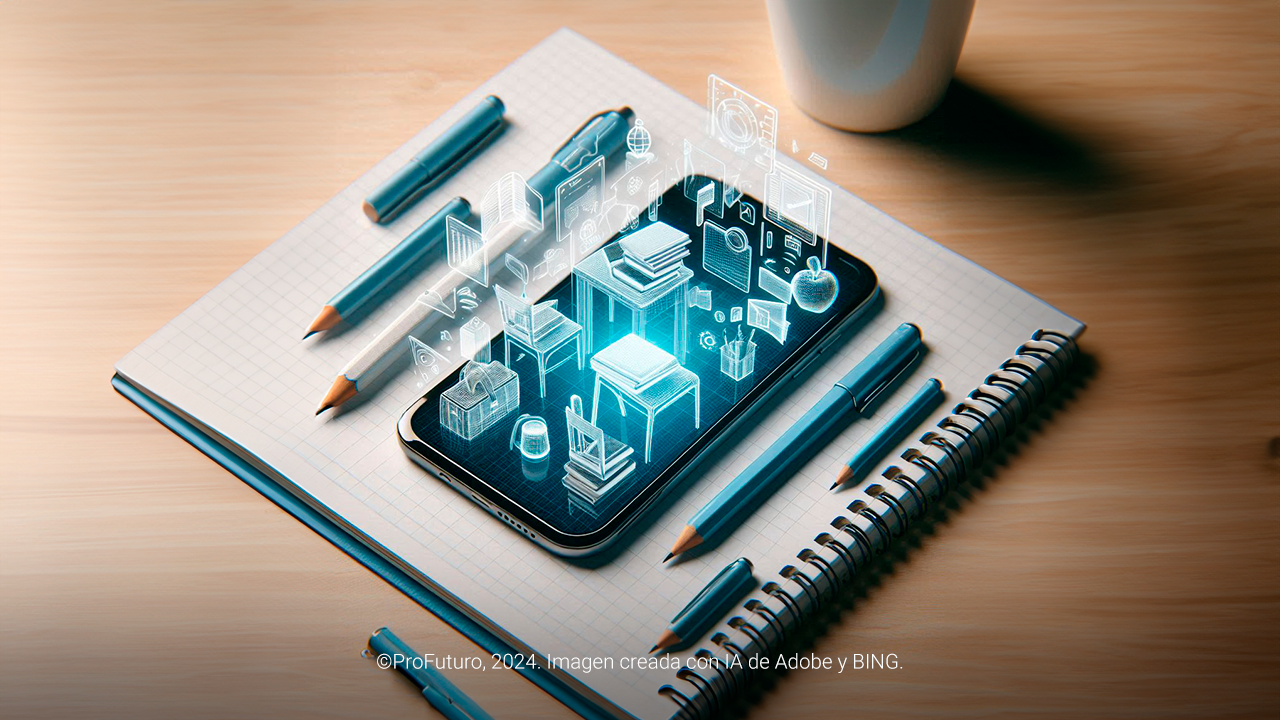“We need to prepare new generations, not for the present we are living in, and certainly not for the past we lived through, but for the future they will have to face, which, without a doubt, will be digital and technological.” These are the words of Laura Cuesta Cano, a professor of Cybercommunication and New Media at Camilo José Cela University in Madrid and a well-known advocate for digital well-being, who has just published Conectados, her second book on these topics.
Technology must be introduced into classrooms because it offers numerous opportunities for education, and while there are also risks, the solution cannot be to ban the use of a tool that can benefit the learning and future of many people, especially the most vulnerable.
For this reason, the expert advocates for shared responsibility among families, schools, and administrations to ensure the digital literacy of our students. Our children need to learn how to be digital citizens in school. We cannot wait until they leave at 18. By banning digital devices in these spaces, we are limiting their future.
If you want to hear more of what Laura Cuesta shared in this interview, you can watch the video here.






